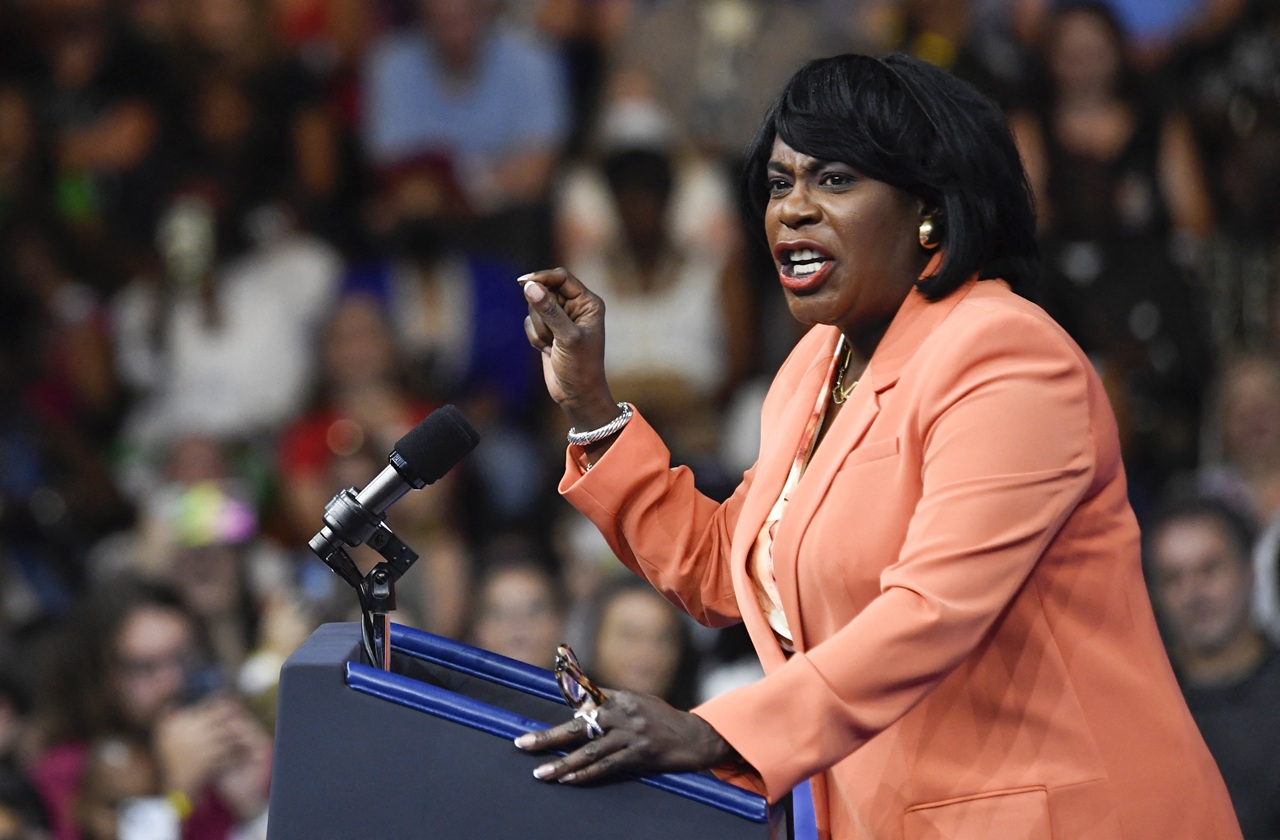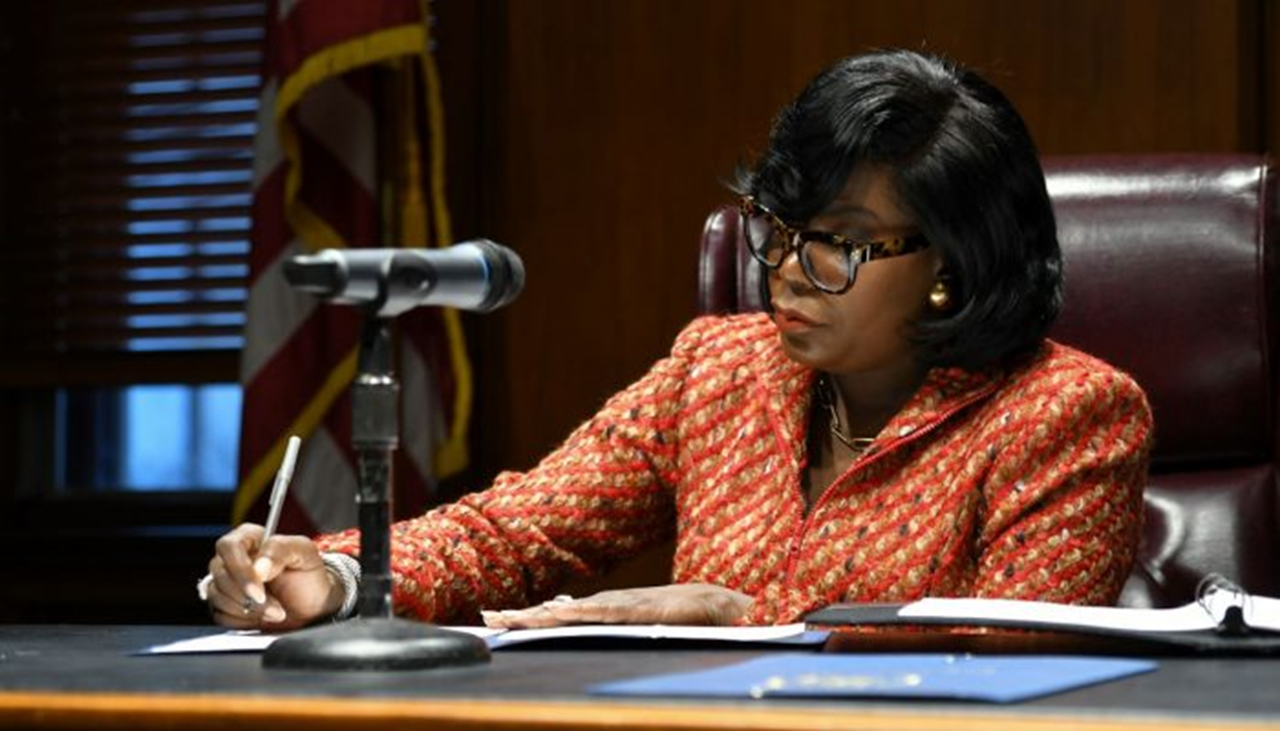‘When the Subaltern Speaks,’ a deeper look at the harmful effects of British post-imperialism in South Asia
The art exhibition by Shwarga Bhattacharjee runs until September 14 at the Da Vinci Art Alliance.
The Da Vinci Art Alliance’s newest exhibition is from North Philadelphia based artist, Shwarga Bhattacharjee, whose art speaks on his lived experience as an immigrant in America from Bangladesh.
The exhibition, When the Subaltern Speaks, explores the injurious effects of British postcolonialism in South Asia, where it ruled for over two centuries through different pieces of abstract art, animated illustrations, and sculptures.
When the Subaltern Speaks examines the intersectionality between modern identity, migration, racism, and postcolonialism. Born and raised in Bangladesh, Bhattacharjee brings a first-hand perspective to how the Partition of India in 1947 is overlooked in the explorations of modernity and the effects of post-British rule on South Asia. He also looks to find his own identity through his art.
“I'm trying to investigate the identity. I'm trying to find out who I am, not in a linear way, but more a broader way,” Bhattacharjee told AL DÍA.
Born and raised in Dhaka, the capital of Bangladesh, Bhattacharjee migrated to the U.S. in 2014. The transition made for an interesting experience.
“It's been interesting. It took me a while to understand the culture even though we know a lot about American culture in a way because it's a very global place,” he said. “I grew up watching a lot of Hollywood movies, shows, and singers. But I knew these cultures because Bangladesh was a British colony. I understood English, at a basic level.”
He went on to receive a Masters of Fine Arts in drawing and painting from Tyler School of Art and Architecture at Temple University, and a Bachelors of Fine Arts in drawing and painting from the Faculty of Fine Arts at the University of Dhaka.
Bhattacharjee has had work exhibited in both the U.S. and Bangladesh, in venues such as the Twelve Gates Arts, Vox Populi, Jamaica Center for Arts and Learning, Temple Contemporary, and the Dhaka Art Summit. He has participated in residencies like the Britto Student Residency, Jentel Artist Residency, NYAE Curatorial Residency, and at the Chautauqua Institution School of Art.
He was also a children’s book illustrator with Room to Read, a nonprofit organization that concentrates on the education of underprivileged children in Asia and Africa.
Bhattacharjee's prior projects, How I Survive?, Conversation and More…, Real Dreams, Myth, Metaphor and, Lack of Understanding, all are different in their own artistic right, but still examine similar themes that also appear in the newest exhibition.
“In its multimodalities and abstraction, Bhattacharjee’s When the Subaltern Speaks is an exhibition that confronts the lasting and deleterious effects of British post-imperialism, emigration, and emergent modern identities in South Asia from an autoethnographic perspective,” reads the press release from the Da Vinci Art Alliance about the new exhibit.
Bhattacharjee also dives deeper on his artist website.
“My current work generates from the duality of experiences as an immigrant. On one side, I am going through a seemingly never-ending phase of adaptation to the new societal and political culture in the United States. On the other side, I am engaged in a continuous introspection into my origin, which has driven me to delve deeper into my South Asian heritage,” it reads. “My work is a search for my identity within the simultaneous experience of colonial and post-colonial cultures. I was born into it and struggled through it my entire life. I use layers as the physical expression of my thoughts. My approach and techniques have varied, but the search for identity has been a constant.”
His work for When the Subaltern Speaks is avant garde. Hauntingly beautiful pieces of art and sculpture tell a personal story as well as the bigger picture that works underneath it all. It also tells a history lesson that harkens back to the times of South Asia being under British rule. The lasting effects of British colonialism are told in the art. Certain British culture traits, such as drinking tea, have stuck to modern culture and are shown.
RELATED CONTENT
After grad school, for materials, Bhattacharjee began dumpster diving to collect materials that could be used for his art pieces, as art supplies are very expensive. But everything he learned from using random supplies on the street collided with the current exhibit, and he used different components for the art that gives it a different look.
The process of making some of the pieces for the exhibit was a lot of trial and error, as he worked with some new materials that included a ‘healing clay.’
Bhattacharjee’s quest to find himself through his art continued with this exhibit but every project gets a little more exploratory and varies on the approach and tools used.
“It gets more experimental, it gets more textural. I feel like in my studio, I work like a scientist in a way,” he said.
Some of the pieces include a visionary spectacle that involves a projector displaying animation onto a canvas that creates an illusion of animation.
Others dive into deep subjects of South Asia. Themes of land, and conquering find their way onto the art. With artistic references to famous Indian, and South Asian art, it borrows from the past to make the present that more connected.
“My recent paintings, they're actually inspired from the idea of land. I have two paintings that are based on an epic from India. The epic is called Mahabharata. Mahabharata was more ancient than Iliad and Odyssey,” said Bhattacharjee. “The story is about two families. They're fighting each other for the land. Fighting for their kingdom. In the core that's what the story is. And I found it fascinating, this is the same thing happening now. It's relevant, we're actually still fighting for our land. either we're giving our life to protect it. Or we're killing others to conquer it. So there is a connection with this soil, and our blood.”
He hopes those that come see the art that they will be able to take away a formed connection with the art itself and the story it tells.
“I always felt like maybe a little nervous before every show. I don't know how people would react. So for like, I'm hearing a lot of good things, people are liking it, they're connecting with it in all different ways. It's experimental and everything,” said Bhattacharjee.
When the Subaltern Speaks is running at the Da Vinci Art Alliance until Sept. 15.











LEAVE A COMMENT: